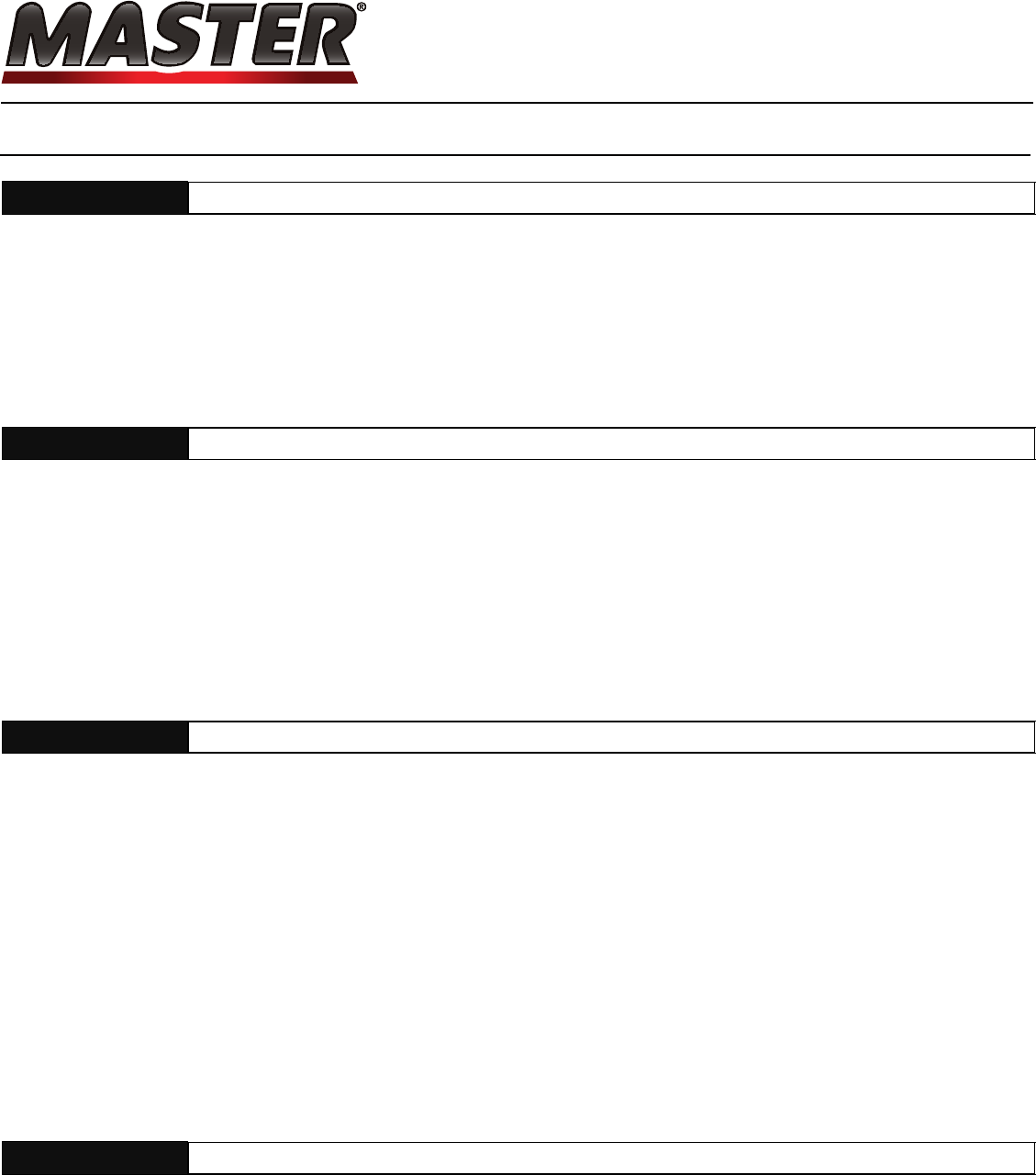SDS

COMPOSITION/INFORMATION ON INGREDIENTS3
Cas # | Percentage | Chemical Name
-------------------------------------------------------------------------------------------------------
108-88-3 | 10-20% | Toluene
64742-93-4 | 20-30% | Asphalt, oxidized
68476-86-8 | 20-30% | Petroleum gases, liquefied, sweetened
14807-96-6 | 5-15% | Talc (Mg3H2(SiO3)4)
9003-55-8 | <1% | Benzene, ethenyl-, polymer with 1,3-butadiene
Ingredients:
FIRST AID MEASURES
4
Move to fresh air and keep at rest. Call a physician if symptoms develop and persist.
Wash with soap and water. If skin irritation persists, call a physician immediately. Remove contaminated clothing and
wash before reuse.
Immediately flush eyes with plenty of water for at least 15 minutes. Remove contact lenses, if present and easy to do.
Continue rinsing. Get medical
attention if irritation develops and persists.
Rinse mouth. Do not induce vomiting without advice from poison control center. If vomiting occurs, keep head low to
avoid getting into the lungs. Call a poison control center if large amounts are ingested. Never give anything by mouth
to an unconscious person.
Inhalation:
Skin Contact:
Eye Contact:
Ingestion:
FIRE FIGHTING MEASURES5
Means of Extinction:
Suitable Extinguishing Media: Powder, foam, carbon dioxide.
Unsuitable Extinguishing Media: Not available.
Products of Combustion: May include, and are not limited to: oxides of carbon.
Explosion Data:
Sensitivity to Mechanical Impact: Not available.
Sensitivity to Static Discharge: Not available.
Protection of Firefighters: Containers may explode when heated. Keep upwind of fire. Wear
full fire fighting turn-out gear (full Bunker gear) and respiratory protection (SCBA).
Flammability: Extremely Flammable per Flame Projection Test
Flash Point: -4°F (-20°C) (concentrate) / -156°F (-104.4°C) (propellant)
LEL: Not established
UEL: Not established
Flash Point Method: Estimated
Autoignition Temp: Not established
ACCIDENTAL RELEASE MEASURES6
Personal Precautions:
Use personal protection recommended in Section 8. Isolate the hazard
area and deny entry to unnecessary and unprotected personnel. Eliminate sources of ignition.
Ruptured cylinders may rocket.
Environmental Precautions:
Many gases are heavier than air and will spread along ground
and collect in low or confined areas (sewers, basements, tanks). This material is a water
pollutant. Keep out of drains, sewers, ditches, and waterways. Minimize use of water to prevent
Master Rubberized Undercoating
Safety Data Sheet
Revision Date: 5/8/2015MSDS Number: 4986-AP61131
Page of
3 7
SDS
Apollo Technologies, Inc.







